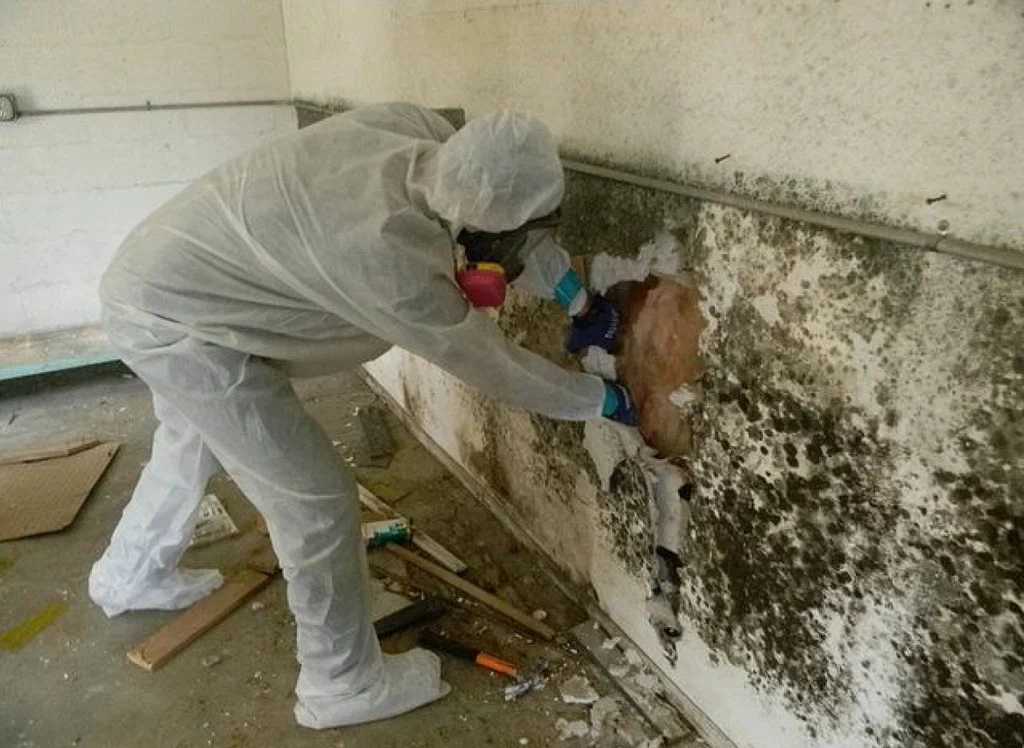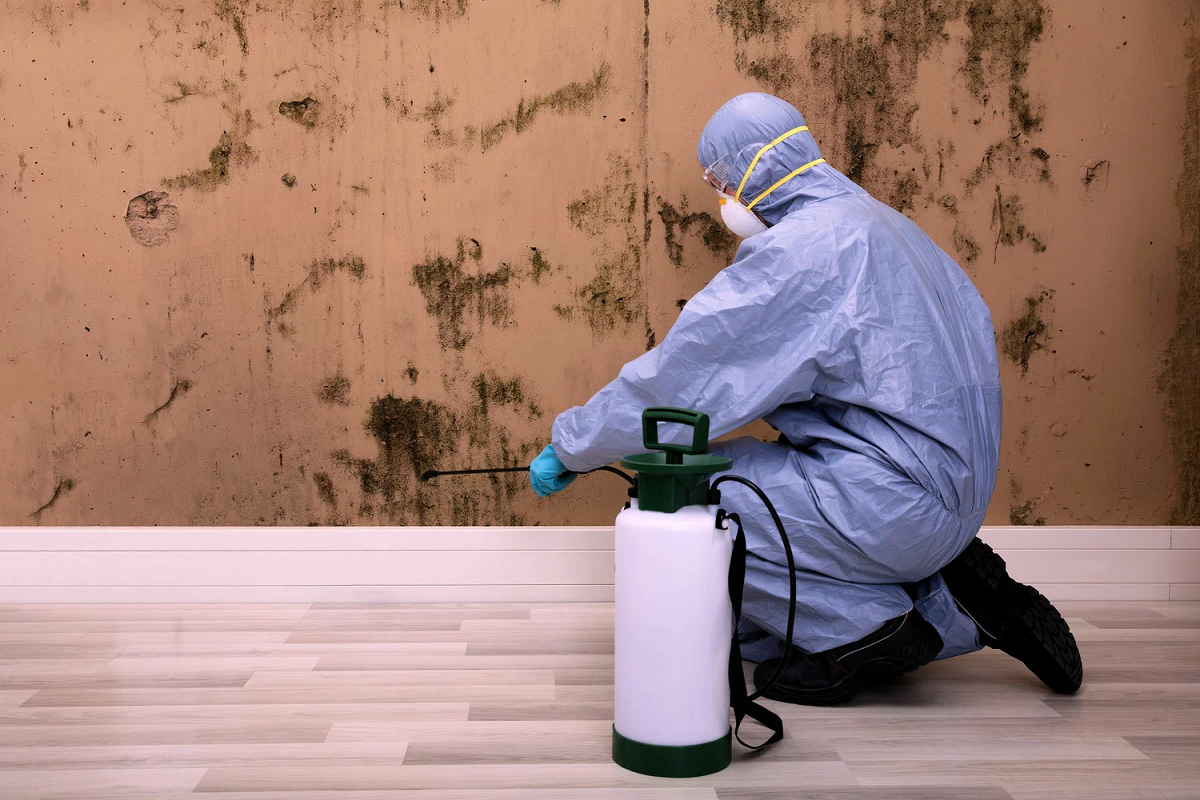
Mold can grow anywhere moisture is present. Even a small leak, excessive humidity, or condensation around windows can lead to the growth of mold over time. According to recent studies, nearly 50 to 70 percent of homes in the U.S. have some form of mold. Many of these cases occur without a major flood or storm, simply due to everyday moisture that goes unnoticed.
Here are some common mold types you might find in your home:
Often gray or dark in color, this mold is commonly found on walls, ceilings, and insulation and can be particularly harmful to individuals with asthma.
Appearing green or brown with a suede-like texture, this mold is common on fabrics and carpeting.
Red or white in appearance, Fusarium is known to be particularly dangerous and thrives in wet materials.
A dark mold that grows in warm, damp areas like drywall, showers, or HVAC systems.
Especially dangerous to wooden structures, this mold can thrive in even slightly damp environments.
Known for producing harmful toxins, black mold requires immediate professional removal due to the health risks it poses.
We begin by inspecting the property and taking samples to confirm the type and severity of mold. Using infrared cameras and moisture mapping, we identify the source and extent of contamination.
To prevent mold spores from spreading to unaffected areas, we seal off the contaminated space with protective plastic sheeting and establish negative air pressure when needed.
High-efficiency particulate air (HEPA) filters help purify the air during the remediation process. These filters trap airborne mold spores and prevent cross-contamination, ensuring a clean environment.
Items and materials affected by mold are carefully removed, double-bagged, and disposed of according to EPA guidelines.
We use EPA-approved, non-toxic cleaning agents to scrub and sanitize all contaminated surfaces. Our team also addresses any remaining moisture sources to prevent the mold from returning.
We perform any necessary repair work to ensure your space is fully restored and functioning correctly. From drywall replacement to sealing leaks and fixing plumbing, we provide solutions that resolve the root cause.
A follow-up visit allows us to verify the success of the treatment. If needed, we will conduct additional testing to confirm the mold has been completely removed.
